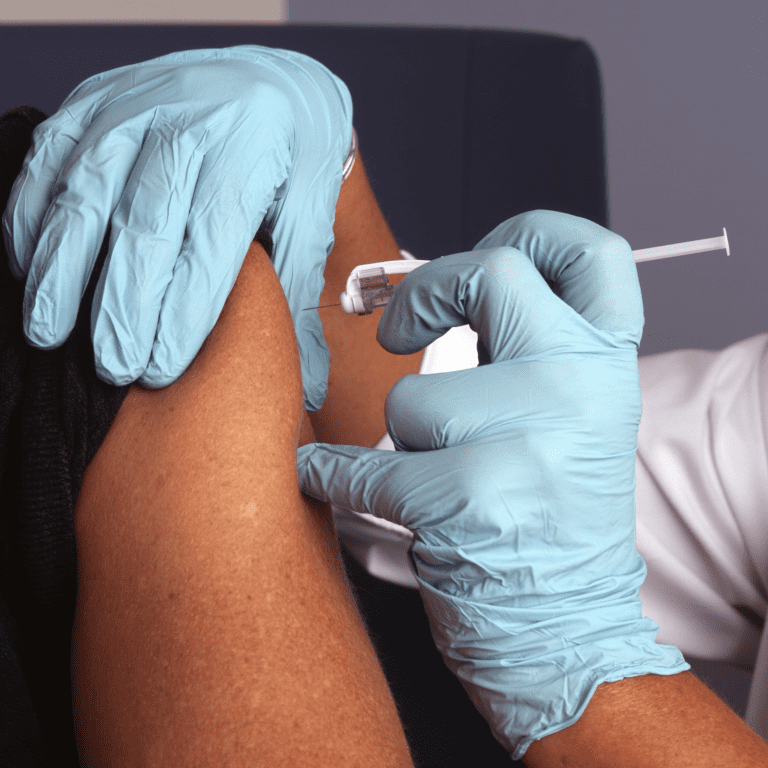Key Takeaways
-
In 2025, Medicare coordinates differently with PSHB, FEHB, and COBRA, which can affect how much you pay and which benefits are primary.
-
Understanding how each type of coverage interacts with Medicare can help you avoid late enrollment penalties and unnecessary out-of-pocket costs.
Understanding the Interplay: Medicare and Other Health Plans
As you approach or reach age 65, your health insurance landscape may become more complex. Medicare becomes available, but you may also still have access to other types of coverage, especially if you’re a government employee or retiree, or if you’ve recently left a job. The three most common non-Medicare plans you might encounter in this situation are:
-
COBRA coverage
Each interacts with Medicare differently, and those differences can significantly impact your healthcare costs and access.
How PSHB Works with Medicare in 2025
The Postal Service Health Benefits (PSHB) program officially replaced FEHB for USPS workers and retirees starting January 1, 2025. If you’re a postal retiree or employee, here is how Medicare comes into play:
Medicare Part B Requirement
-
If you are Medicare-eligible and retired on or after January 1, 2025, you’re generally required to enroll in Medicare Part B to remain enrolled in a PSHB plan.
-
If you retired before January 1, 2025, Medicare Part B enrollment is optional, though still beneficial in most cases.
Benefits of Having Both
Enrolling in both Medicare Parts A and B along with a PSHB plan often results in:
-
Lower out-of-pocket costs
-
Waived deductibles or reduced coinsurance in many plans
-
Enhanced prescription drug coverage through Medicare Part D integration (via an Employer Group Waiver Plan)
Special Enrollment Exception
For those who became eligible for Medicare before 2025 but delayed Part B, there was a Special Enrollment Period (SEP) in 2024 from April 1 to September 30 to join Part B without a penalty.
FEHB and Medicare: Still an Option for Non-USPS Federal Workers
The Federal Employees Health Benefits (FEHB) program continues to cover non-USPS federal retirees and employees in 2025. If you’re in FEHB, your Medicare coordination rules are slightly different from PSHB.
No Mandatory Medicare Enrollment
-
Medicare Part B is not required for FEHB enrollees, regardless of retirement date.
-
However, enrolling in both FEHB and Medicare Parts A and B can reduce your total medical costs.
Cost-Sharing Reductions
When you enroll in Medicare while keeping FEHB:
-
Medicare typically becomes your primary payer if you’re retired.
-
FEHB pays secondary, covering remaining deductibles, coinsurance, and services Medicare doesn’t.
Coordination for Active Employees
If you’re still employed with the federal government at age 65:
-
Your FEHB plan is usually primary, and Medicare is secondary.
-
You can delay Medicare Part B enrollment without penalty as long as you have FEHB through active employment.
Prescription Drug Coverage
-
FEHB prescription benefits often remain creditable, meaning they meet or exceed Medicare Part D standards.
-
You’re not required to enroll in Medicare Part D, but you may choose to do so for additional pharmacy options.
COBRA Coverage and Medicare: Proceed with Caution
COBRA provides temporary continuation of employer-based health coverage after a job loss or other qualifying event. However, when it comes to Medicare, COBRA’s rules are strict and often misunderstood.
COBRA Doesn’t Count as Active Employer Coverage
-
Once you become eligible for Medicare, COBRA is not considered creditable coverage for delaying Medicare Part B.
-
If you delay Medicare Part B while on COBRA, you could face a late enrollment penalty and coverage gaps.
Enrollment Timing Matters
-
If you become eligible for Medicare before electing COBRA, the employer can terminate COBRA coverage once Medicare starts.
-
If you’re already on COBRA and then become eligible for Medicare, your COBRA may end early—usually after 18 months unless extended.
Best Practice
If you’re Medicare-eligible, enroll in Medicare Parts A and B first. COBRA can be a secondary payer but not a substitute for Medicare.
Comparing Coverage Scenarios
Understanding which plan pays first and how they interact can help you avoid unnecessary costs and lapses in coverage. Here’s a comparison overview based on your situation:
1. Retired USPS Annuitant in 2025
-
Must enroll in Medicare Part B to keep PSHB (unless exempt)
-
PSHB coordinates with Medicare to reduce out-of-pocket costs
2. Federal Retiree (Non-USPS)
-
Part B enrollment is optional but beneficial
-
FEHB and Medicare coordination reduces cost-sharing
3. Active Federal Employee (Any Agency)
-
FEHB is primary, Medicare Part B can be delayed
-
No late penalty if you enroll when employment ends
4. COBRA Recipient Who Turns 65
-
Medicare must be primary
-
COBRA ends early or becomes secondary if Medicare begins
-
Delaying Medicare leads to penalties and gaps
How Medicare Supplements This Coverage
Whether you keep PSHB, FEHB, or COBRA, Medicare plays a key role in providing essential hospital and medical benefits.
Medicare Part A (Hospital Insurance)
-
Generally premium-free if you worked 40 quarters
-
Covers inpatient hospital care, skilled nursing, hospice
Medicare Part B (Medical Insurance)
-
Standard monthly premium is $185 in 2025
-
Covers outpatient care, preventive services, lab tests, durable medical equipment
Importance of Timely Enrollment
If you delay enrolling in Part B without having creditable coverage, you’ll face:
-
A lifetime late enrollment penalty (10% per year you delay)
-
Potential gaps in medical coverage
Prescription Drug Coverage Differences
Both PSHB and FEHB plans include prescription drug benefits. These are usually considered creditable, so Medicare Part D isn’t mandatory.
PSHB Integration in 2025
-
PSHB plans automatically provide Medicare Part D coverage for eligible retirees via Employer Group Waiver Plans (EGWPs)
-
This includes a $2,000 annual cap on out-of-pocket drug costs starting in 2025
FEHB Plans
-
Typically offer generous drug coverage
-
You can compare with Part D, but most don’t require enrolling separately
COBRA Drug Coverage
-
Often mirrors your previous employer plan
-
Not always creditable for Medicare Part D purposes—check status carefully
Important Timelines to Remember in 2025
-
Initial Enrollment Period (IEP): Starts 3 months before your 65th birthday, includes your birth month, and ends 3 months after (total of 7 months)
-
General Enrollment Period (GEP): January 1 to March 31 each year, with coverage starting July 1
-
Special Enrollment Period (SEP): Available if you delayed Part B while covered under active employer insurance, not COBRA
-
Annual Enrollment Period for Medicare: October 15 to December 7
-
PSHB Open Season: Runs from November to December each year
Understanding Your Best Move Forward
Your decision to enroll in Medicare—particularly Part B—should align with your current coverage and retirement status. Whether you’re under PSHB, FEHB, or COBRA, the rules aren’t one-size-fits-all. Getting it wrong could cost you in premiums, penalties, or missed benefits.
Get in touch with a licensed agent listed on this website to review your current plan and how it aligns with Medicare in 2025. A brief conversation could save you years of costly misunderstandings.








